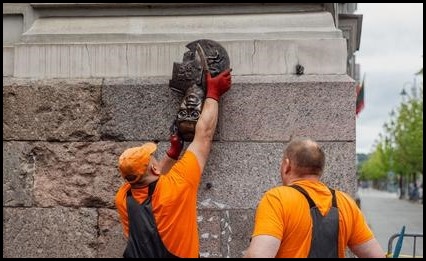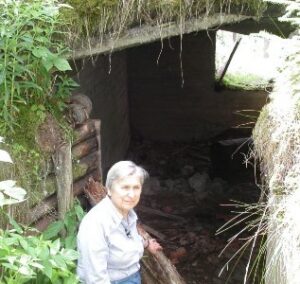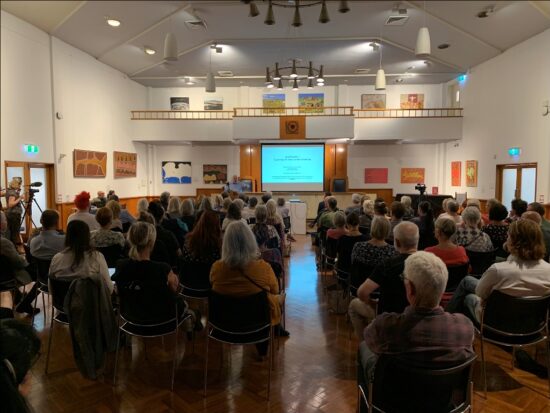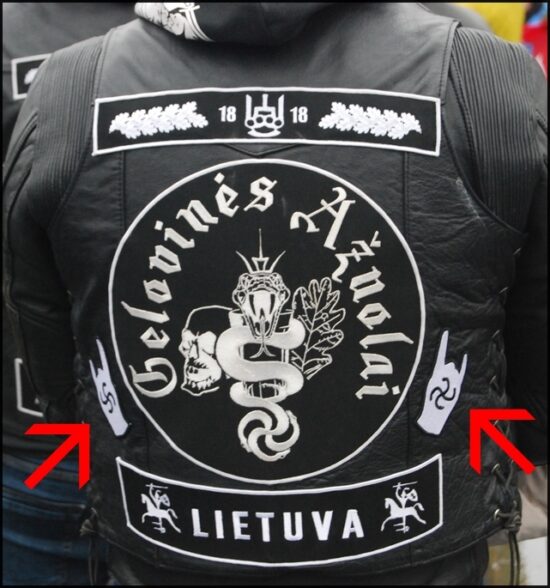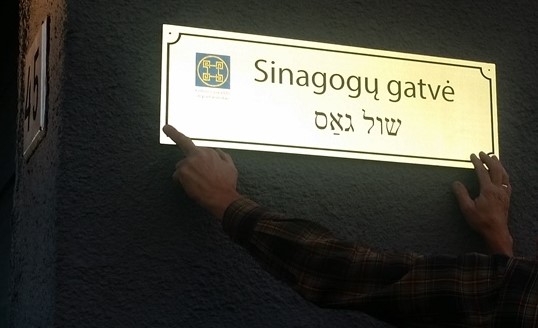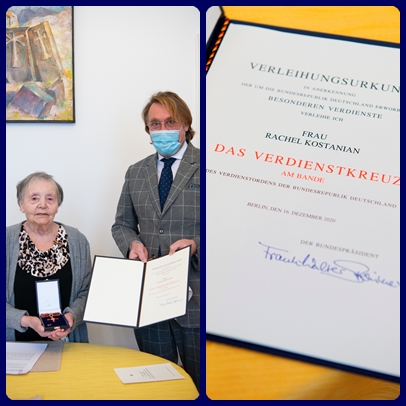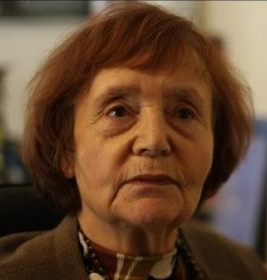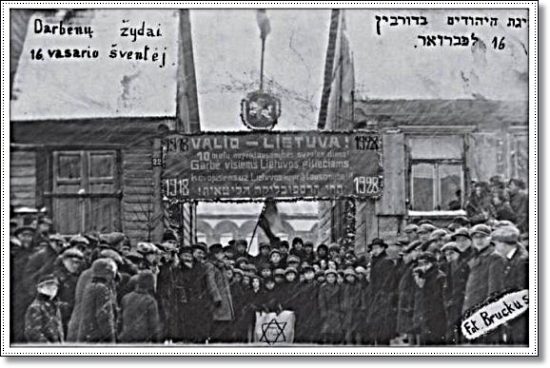FIVE CURRENT ISSUES FOR YOUR CONSIDERATION
(June 2025)
-
Sanitization and glorification of Holocaust perpetrators: the 1941 Lithuanian Activist Front (LAF) and the status of June 23rd and the the First Week of the Lithuanian Holocaust.
-
Preservation of the remnants of the Jewish Partisan Fort in the forest next door to the new German Brigade. Legacy and last wish of the late Fania Yocheles Brantsovsky.
-
The annulment of Freedom of Speech when it comes to disagreeing with the far right’s Double Genocide revisionism: one man already sits in prison under the Double Genocide law that criminalizes free speech.
-
Preservation of the museum contents of the Green House intact, whether on site or moved to a distinct portion of the new Holocaust museum under construction. Eastern Europe’s last Jewish museum created entirely by Holocaust survivors themselves.
-
Equal human rights include the right of the dead of annihilated minorities to be left in peace: Fate of the Old Vilna Jewish Cemetery and international appeals to demolish the Soviet ruin on site and lovingly restore the cemetery.
NOTE: Please visit and look through DefendingHistory.com (recent reports here). Please consider supporting these causes that so few are supporting. Thank you.
